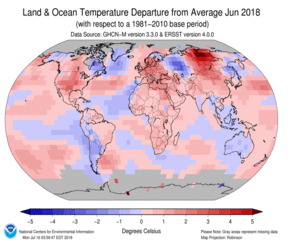Not just un-ionized, but un-un-ionized.
Ionization is ignored, if not outright denied, by this philosophy.
The ill wind that blows no good is characterized by changes in atmospheric ionization, which also affects attitude and brain function, and is the basis for the saying.
Just another effect of climate change, albeit a small one.
Ionization is ignored, if not outright denied, by this philosophy.
The ill wind that blows no good is characterized by changes in atmospheric ionization, which also affects attitude and brain function, and is the basis for the saying.
Just another effect of climate change, albeit a small one.










